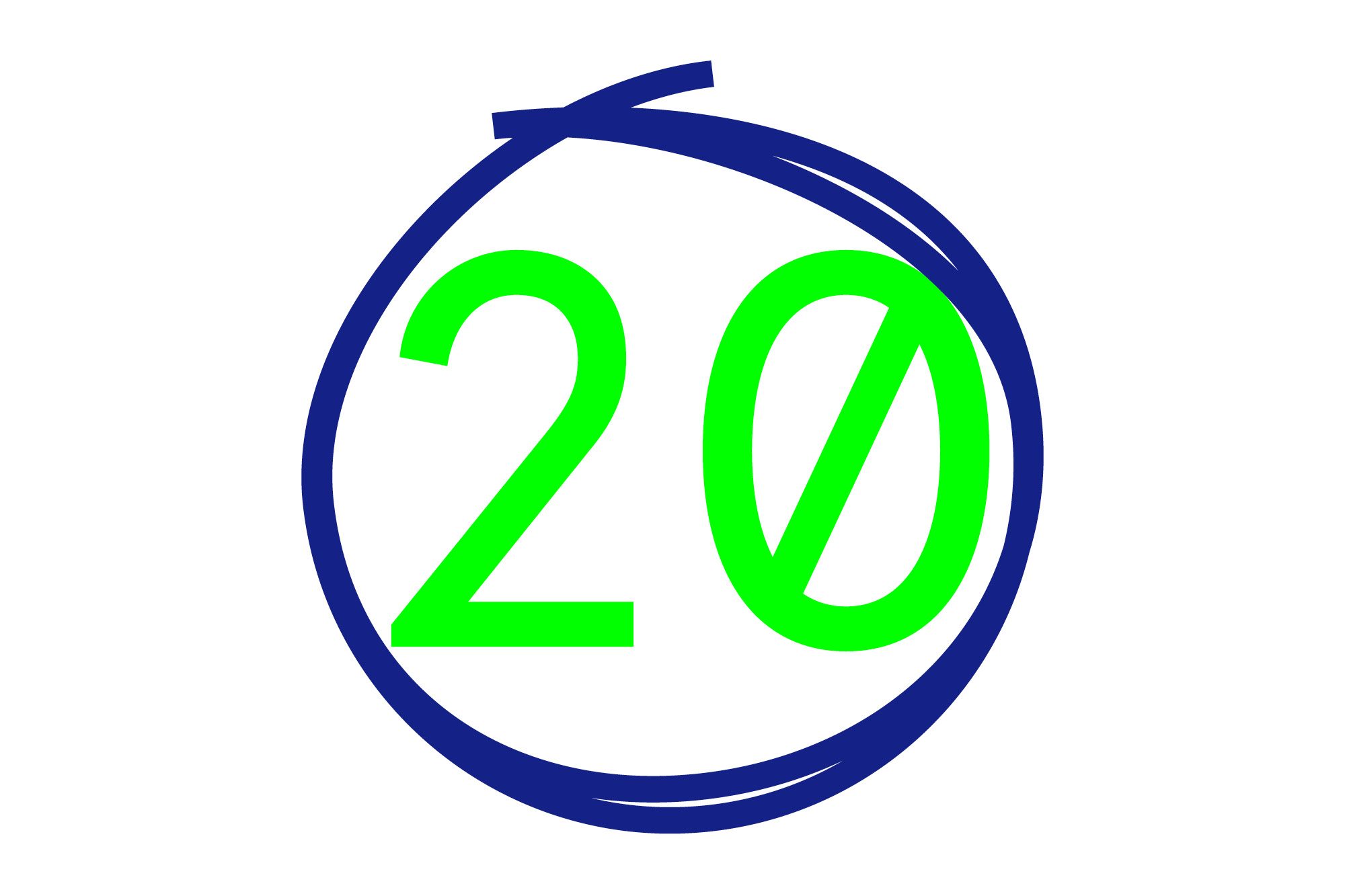Describe the Ideal Candidate in three words TALENTED / FRESH / KEEN
What’s the best way to get noticed at application stage? A good, succinct letter or email (preferably email). It has to be the right tone, not too pushy, but confident. It has to be articulate and accurate (no spelling mistakes or basic writing errors). Above all it should not look as though it is a template with individual studio names pasted in. It should be informed with an indication of some knowledge of the studio it is directed to.
Also a PDF of a small number of projects that show an intelligent approach and an affinity for the work of the studio you are applying to. Sending physical promotional items can work, but only if very well targeted to the right person who is going to appreciate all the hard work that's gone into it, unfortunately they often end up lost in a pile, whereas emails and PDF folios can be stored and filed away for reference.
Recommendation is generally the best way to get noticed — making sure your portfolio is circulating in the right places, and being seen by the right people means the graphic design grapevine will start working for you if a position becomes available. It's all about knowing and targeting the right studios for you.
What’s the most common mistake people make when they apply for jobs? An application that looks rushed or ill considered. Remember, the look of the application (letter or PDF/micro site) is as important as its contents and it reveals everything about the applicant.
Also it’s best to start the process with an understanding that the people you are approaching are probably incredibly busy and might not be able to respond quickly. There’s a fine balance to be struck between being too pushy and being lost in the mountain of enquiries many studios receive.
It's always worth reading the recruitment section on a studio’s website to check whether they are in the process of recruiting or have an internship programme, so you can tailor your email correctly to reflect this.
What’s the worst thing that you can do in an interview? Be late.
Is what you do in your spare time important or irrelevant? Totally secondary to work and attitude.
What’s worse — over or underselling yourself? Both — it’s the balance.
Cartlidge Levene is a London based design studio acclaimed for its creative, intelligent and beautifully crafted design. Founded in 1987, their portfolio spans over twenty years and includes award-winning work for a diverse range of clients including the Barbican Centre, Guardian News and Media, Selfridges & Co, Tate Modern and the Victoria & Albert Museum. Specialisms are the creation of identity and visual language, delivered across all points of communication — analogue, digital and environmental. Wayfinding and signage is an important area of expertise for the studio. They have created successful wayfinding schemes for major museums, galleries, schools and sporting arenas and worked with some of the world’s leading architects to achieve integrated solutions.
Established 1987 by Ian Cartlidge and Adam Levene Number of people: 5 Major Clients: Tate, V&A, Guardian, Selfridges & Co, Musée d'Art de Nantes
